Name Victor Horsley Role Scientist | ||
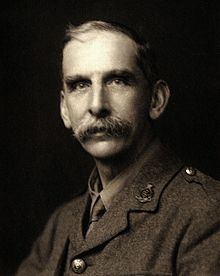 | ||
Known for Pioneering work in neuroscience Institutions University College HospitalBrown InstituteNational Hospital for Paralysisand Epilespsy Notable prizes KnighthoodRoyal Medal (1894) Research Epilepsy, Myxedema, Cretinism, Trigeminal neuralgia | ||
Victor horsley aans history films
Sir Victor Alexander Haden Horsley, FRS (14 April 1857 – 16 July 1916) was an accomplished scientist and professor. He was born in Kensington, London. He was educated at Cranbrook School, Kent, and studied medicine at University College London and in Berlin, Germany (1881), and in the same year started his career as a house surgeon and registrar at the University College Hospital. From 1884 to 1890 Horsley was Professor-Superintendent of the Brown Institute. In 1886, he was appointed as Assistant Professor of Surgery at the National Hospital for Paralysis and Epilepsy, and as a Professor of Pathology (1887–1896) and Professor of Clinical Surgery (1899–1902) at University College London. He was a supporter for women's suffrage, and was an opponent of tobacco and alcohol.
Contents
- Victor horsley aans history films
- Sir victor horsley 1857 1916 a heart of gold
- Personal life
- Medical career
- Political career
- First World War service and death
- Namesakes
- References
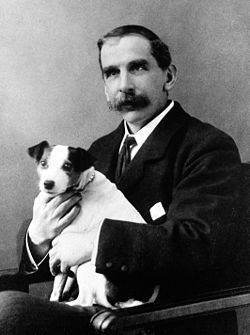
Sir victor horsley 1857 1916 a heart of gold
Personal life
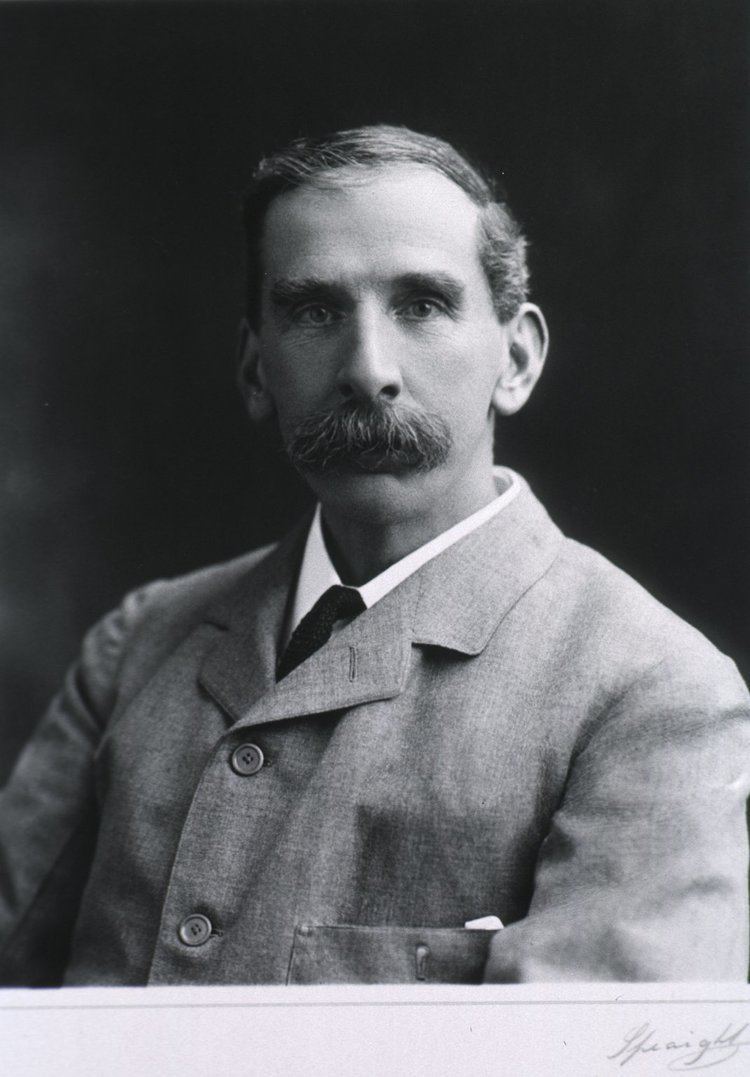
Sir Victor Horsley was born in Kensington, London, the son of Rosamund Haden and John Callcott Horsley R.A. His given names, "Victor Alexander", were given to him by Queen Victoria.
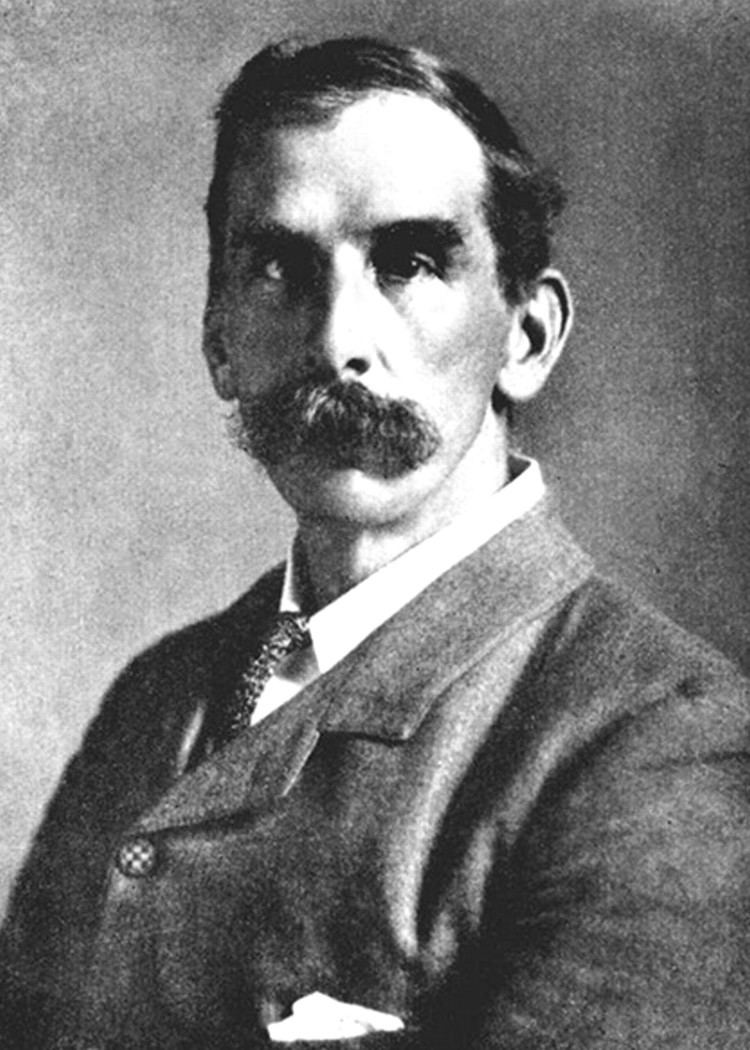
In 1883 he became engaged to Eldred Bramwell, daughter of Sir Frederick Bramwell. Subsequently, on 4 October 1887, Victor and Eldred married at St. Margaret's, Westminster. They had two sons, Siward and Oswald, and one daughter, Pamela.
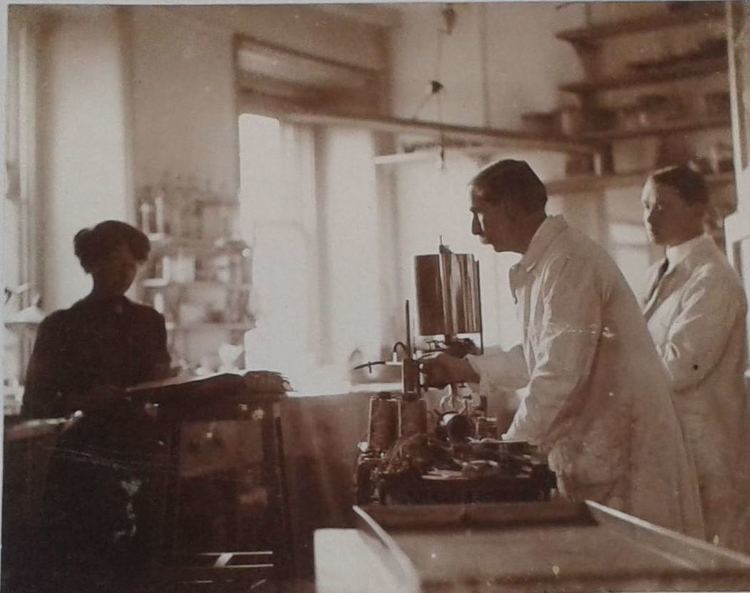
He was knighted in 1902.
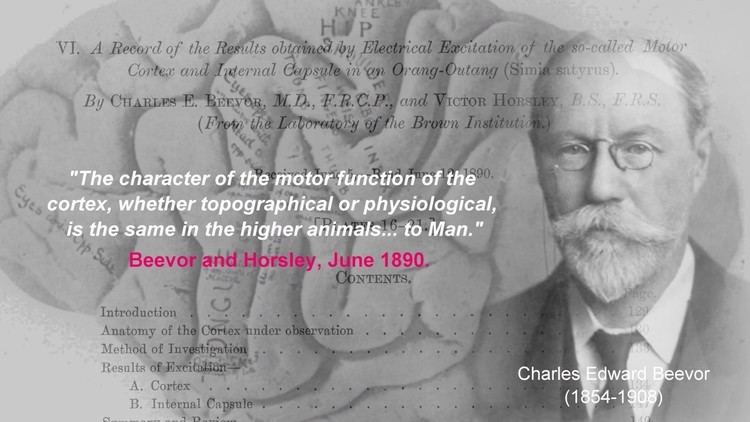
Victor Horsley was a champion of many causes. One of his primary life's crusades was the temperance movement. Having observed that many injuries admitted to the hospital were due to alcohol, Horsley threw himself into becoming a temperance reformer. He soon rose up to the position of a vice-president of the National Temperance League and the president of the British Medical Temperance Association. In 1907, along with Dr. Mary Sturge he published a book on alcoholism called Alcohol and the Human Body.
According to his biographers, Tan & Black (2002), "Horsley's kindness, humility, and generous spirit endeared him to patients, colleagues, and students. Born to privilege, he was nonetheless dedicated to improving the lot of the common man and directed his efforts toward the suffrage of women, medical reform, and free health care for the working class (...) An iconoclast of keen intellect, unlimited energy, and consummate skill, his life and work justify his epitaph as a "pioneer of neurological surgery."
Medical career
Horsley specialized in surgery and in physiology. He was the first physician to remove a spinal tumor, in 1887, by means of a laminectomy. He developed many practical neurosurgical techniques, including the hemostatic bone wax, the skin flap, the ligation of the carotid artery to treat cerebral aneurysms, the transcranial approach to the pituitary gland and the intradural division of the trigeminal nerve root for the surgical treatment of trigeminal neuralgia.
As a neuroscientist, he carried out studies of the functions of the brain in animals and humans, particularly on the cerebral cortex. His studies on motor response to faradic electrical stimulation of the cerebral cortex, internal capsule and spinal cord became classics of the field. These studies were later translated to his pioneering work in the neurosurgery for epilepsy. Horsley was also the first to use intraoperative electrical stimulation of the cortex for the localization of epileptic foci in humans, between 1884 and 1886, preceding Fedor Krause and Wilder Penfield.
He was also a pioneer in the study of the functions of the thyroid gland. He studied myxedema and cretinism, which are caused by a decreased level of the thyroid hormones (hypothyroidism), and established for the first time, in experiments with monkeys, that they could be treated with extracts of the gland.
Appointed in 1886 as secretary to a governmental commission formed to study the anti-rabies vaccine developed by Louis Pasteur, Sir Victor Horsley corroborated his results and created a campaign to vaccine against rabies in the United Kingdom. As a pathologist, Sir Victor carried out research on bacteria and founded the Journal of Pathology.
In June 1886 he was elected a Fellow of the Royal Society and in 1891 delivered their Croonian Lecture, jointly with his brother-in-law Francis Gotch, on the subject of the mammalian nervous system. In 1894 he won their Royal Medal for his investigations relating to the physiology of the nervous system, and of the thyroid gland, and to their applications to the treatment of disease.
Horsley, who had been a keen rifle shot when serving in the Artists' Rifles as a medical student, also investigated the effect of gunshot wounds on the brain, experimenting with animals provided by a butcher and using the recently issued Lee-Metford rifle. He concluded that the immediate cause of death that follows is due to respiratory failure, not heart failure.
His best-known innovation is the Horsley–Clarke apparatus (developed together with Robert H. Clarke in 1908) for performing the so-called stereotactic neurosurgery, whereby a set of precise numerical coordinates are used to locate each brain structure. He was a pioneer in neurosurgery, having operated upon 44 patients.
He authored the book Functions of the Marginal Convolutions (1884) and, as a co-author, Experiments upon the Functions of the Cerebral Cortex (1888) and Alcohol and the Human Body (1902).
Political career
He was a Liberal Party supporter and contested the December 1910 General election as Liberal candidate for the London University seat. The Animal Defence and Anti-Vivisection Society campaigned against his election because of his involvement with vivisection. Following the election he was adopted as prospective Liberal candidate, first for Islington East and then in 1913 for Harborough in Leicestershire. Harborough was a Liberal seat and a general election, expected to take place in 1914 would most likely have seen him elected to parliament. However, he resigned as prospective candidate, citing opposition to his views on women's suffrage and temperance on the part of constituency officials, just before the First World War started.
He strongly supported the Liberals' welfare state initiative the National Insurance Act of 1911, despite strong opposition from most of his medical colleagues.
First World War service and death
Sir Victor was commissioned in the Territorial Army in 1910 as captain in the 3rd London General Hospital of the Royal Army Medical Corps. On the outbreak of the First World War, he requested for active duty on the Western Front where he was initially sent as surgeon at the British hospital at Wimereux, France. He was next posted in May 1915 as a colonel and Director of Surgery of the British Army Medical Service in Egypt, based at the 21st General Hospital in Alexandria, in support of the Dardanelles Campaign. In the following year he volunteered for field surgery duty in Mesopotamia, where he died unexpectedly in Amarah, Iraq, on 16 July 1916, of heatstroke and severe hyperpyrexia, at only 59 years of age.
Namesakes
Horsley was the first neurosurgeon appointed to the hospital in Queen Square, London, now called the National Hospital for Neurology and Neurosurgery – the Victor Horsley Department of Neurosurgery is named in his honour. The Walton Centre for Neurology & Neurosurgery NHS Trust in Liverpool, England, another leading Neurosurgical Hospital dedicated their Intensive Care Unit to Sir Victor Horsley and is called the Horsley ward. The British Medical Association has a series of lunchtime lectures at its Annual Representatives Meeting entitled The Victor Horsley Lectures. After the second Gulf War, a British Field Hospital was established at Shaibah Logistics Base and the area of tented accommodation for hospital staff was known as Horsley Lines.
